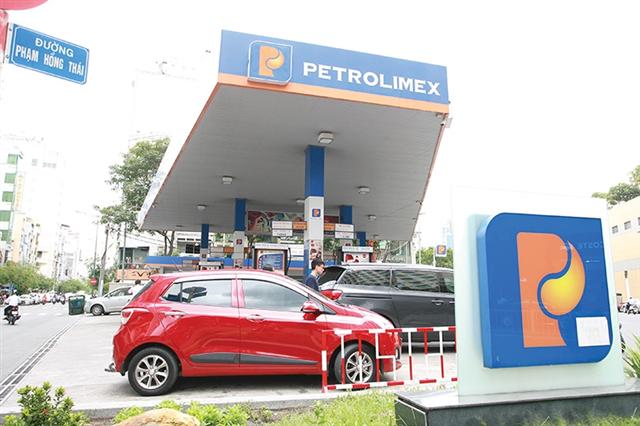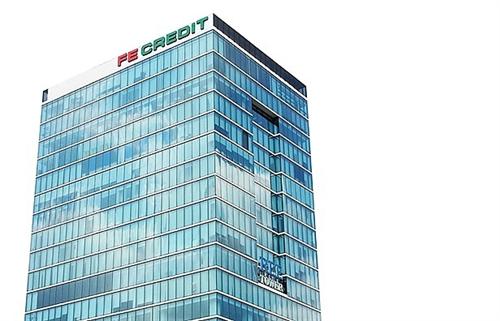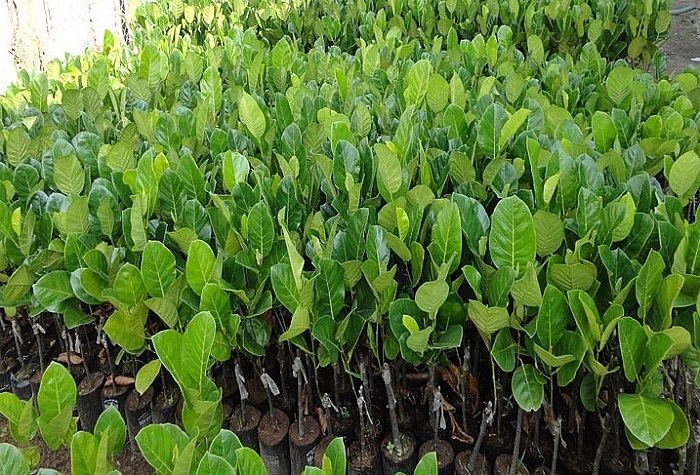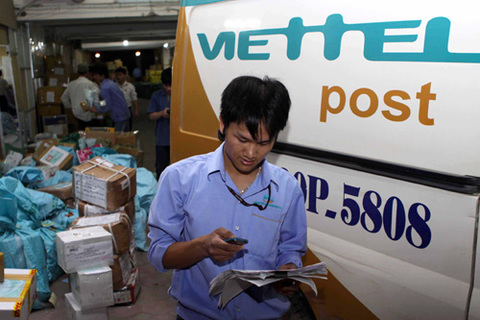Meeting ambitious divestment targets
Meeting ambitious divestment targets
Despite the government’s effort to accelerate state capital divestments and state-owned enterprise equitisation in the second half of the year, it remains a question how foreign investors can buy more stakes in these businesses.

Dropped share prices in Petrolimex are thwarting the group’s divestment hopes, photo Le Toan
|
Nguyen Chi Thanh, general director of State Capital Investment Corporation (SCIC), expressed his optimism as in the first six months of this year, around VND700 billion ($30.43 million) of state capital was successfully divested, reaching 54 per cent of the whole year’s target. “Hence, we are quite confident in meeting our divestment goals this year,” Thanh said.
Tran Duc Anh, head of Macro and Strategy of KB Securities, noted there are two major factors determining the success of state-owned enterprise (SOE) divestment: the effort of the government and the market conditions.
“For the first factor, the government is highly determined in accelerating the process since 2020 is the last year for local authorities to wrap up the equitisation schedule of the 2016-2020 period. Besides that, several bailouts such as stimulus packages and tax relief measures were enacted by local authorities to push the economy out of woes from the COVID-19 pandemic which has brought about a huge budget deficit,” Anh told VIR.
He also mentioned previous successful deals were like “a blast from the past” in an amply liquid, bullish market, and upbeat business performance, coupled with large overseas capital inflows.
However, given that the current market sentiment remains highly volatile and uncertain, these favourable conditions are unlikely to occur, thus hampering investors’ appetite who want to reap the fruits from SOEs. As a result, the divestment target has low chances to be completed.
Vietnam National Petroleum Group (Petrolimex) has been stuck for years in its divestment ambition of moving from 76 to 51 per cent. On the other hand, the firm is still in discussion with ENEOS Corporation, formerly known as JXTG Nippon Oil & Energy Corporation – the Japanese petroleum giant – on selling an additional 15 per cent stake in treasury shares to lift the strategic investor’s current 8 per cent shareholdings.
Other market watchdogs believe SOE divestment can still be the catalyst for the latter half of this year with attention being placed on large corporations such as Sabeco, Viglacera, and FPT.
Andy Ho, managing director and chief investment officer at VinaCapital, stated that foreign investors prefer to buy stocks that have high liquidity, and in which a large proportion of the company’s outstanding stocks are already in the hands of other investors.
For that reason, those people do not like it when a company like PetroVietnam Gas has been equitised with only a tiny proportion of the company’s shares being sold to private sector investors (just 4 per cent in the case of PetroVietnam).
“We have long been proponents that the government should sell a far greater proportion of its ownership stakes in companies that have already been equitised – it should be a fairly simple endeavour compared to undertaking equitisation of new companies,” said Ho.
In the case of an overseas investor wanting to buy shares in one of those companies, they must purchase from another foreigner at a price which will typically be 7-15 per cent above the prevailing listed price. This creates a problem in that the new foreign investor then suffers a 7-15 per cent mark-to-market loss on the investment because there is no way of verifying the foreign premium that the investor paid to purchase the stock.
“The solution to this problem would be for Vietnam to implement a “foreign board” on which transactions between foreign investors are recognised. Thailand’s stock market implemented such a scheme in order to facilitate foreign inflows into the stock market while essentially maintaining foreign ownership limits of publicly traded companies with some success. Vietnam’s stock market could simply follow Thailand’s precedent, as well as garner the necessary technical insights from Thailand to implement such a scheme,” said Ho.
According to Seck Yee Chung, partner at Baker McKenzie, in addition to pricing, the important factors include access to information and opportunity to carry out an appropriate level of diligence, the percentage of shares being offered, and whether there is a role in management.
Strategic buyers would be interested to know about the financial health of the companies, the assets it has in place, and the liabilities linked to it. Future plans and to what extent more shares might be available, and if there are foreign ownership limitations, would also be important considerations.
“Whilst the Vietnamese economy has various long-standing fundamentals that remain attractive, it clearly does not operate in isolation and the growth potential would also be significantly influenced by global markets and how these are managing the pandemic,” Chung told VIR. “In the meantime, it would be compelling if best efforts are made to enhance the investor-readiness of these companies.”
|
A total of 120 enterprises will be divested by the representative agencies of the state capital. They are companies under ministries and provincial people’s committees, including Vietnam Machinery Installation (UPCoM: LLM), Vietnam Pharmaceutical (UPCoM: DVN), and Hanel (UPCoM: HNE). Four enterprises will be transferred to State Capital Investment Corporation (SCIC) for divestment by December 31 if the divestment by the representative agency is not completed before November 30. Another 14 enterprises will be transferred to SCIC before August 31 to accelerate the divestment process, including VINAINCON (UPCoM: VVN), Sabeco (HSX: SAB), and Song Da (UPCoM: SJG). Separate divestment plans for 18 enterprises include Vietnam National Petroleum (HSX: PLX), Vietnam Airline (HSX: HVN), and Viglacera (HSX: VGC), among others. Finally, 69 enterprises will suspend divestment until the end of this year in order to review and build rearrangement and divestment plans for 2021-2025. |






























